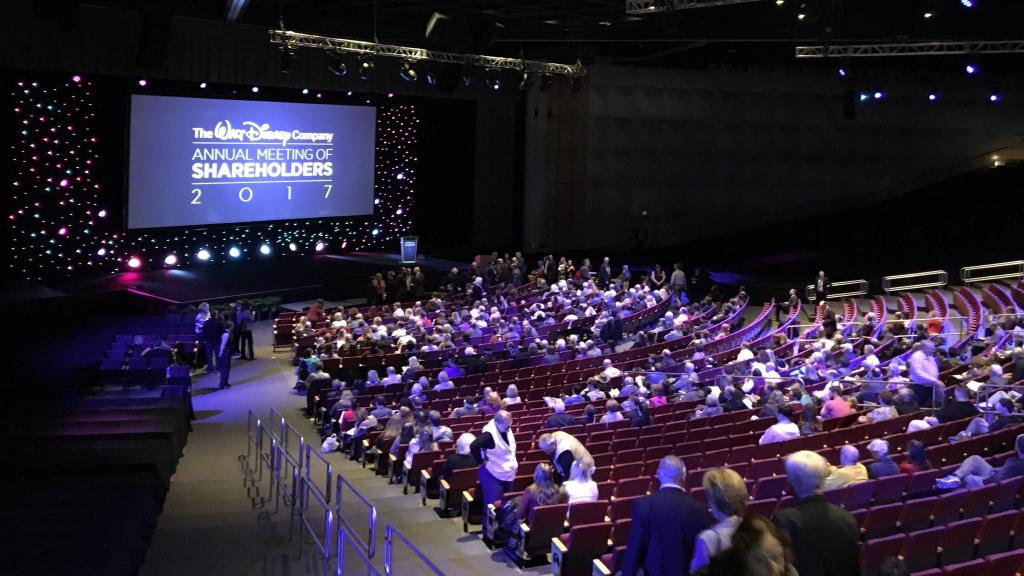Capitalism in modern form came to Russia a little later than in Western countries. For this reason, the legal and legislative basis of all companies is taken from Western prototypes. According to the Civil Code of the Russian Federation (Article 103), management in a joint-stock company should be carried out in three main forms:
1) Executive body - this can be one person (general director) or a group of people (board). It is he who carries out all the main activities of the company.
2) Supervisory body - the supervisory board. He monitors the activities of the executive body, and also deals with its adjustment.
3) The supreme governing body of a joint-stock company is the general meeting of shareholders. These are the main owners of the company.
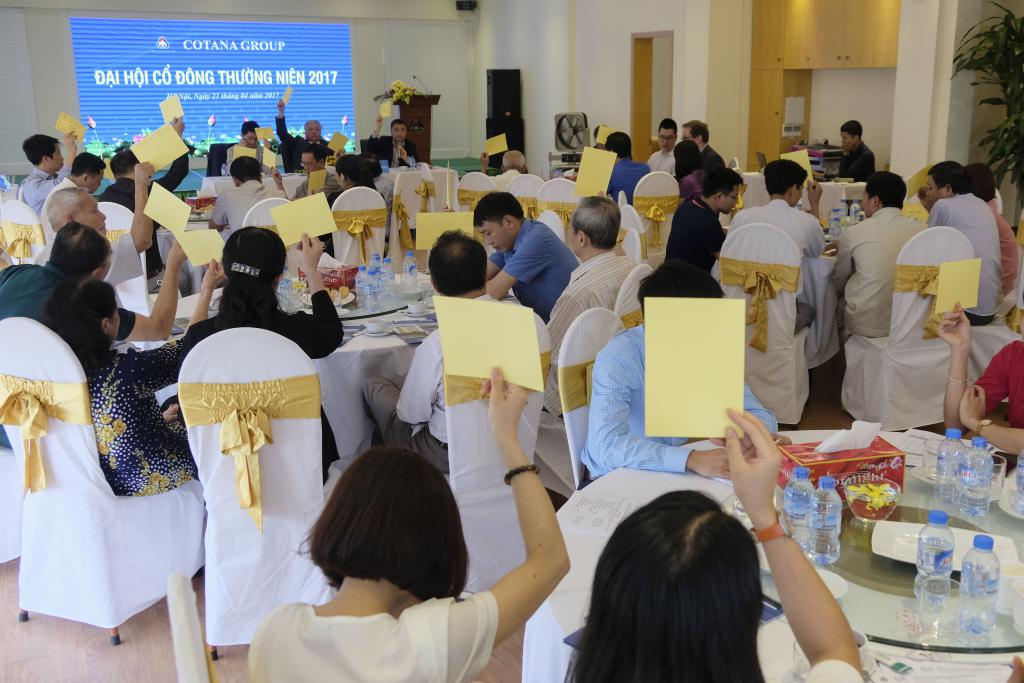
Managment structure
The management structure of the joint-stock company may also include other units. However, despite the separation of management at the enterprise, there are cases when the meeting of shareholders is formal and does not perform financial functions, which are one of the most important indicators in the activities of any enterprise. Choosing the right structure is an important step, it is when building the right scheme that the powers of individual management levels are distributed, which helps to avoid conflict situations between the owners of the company and its management.
In the future, the structure can be changed depending on the growth of the company, change of course or market sector. According to the law, society can combine the governing bodies at its discretion, but there are usually four main structures. It is important to take into account that any structure must include: the general meeting of shareholders as the supreme management body in the joint-stock company and the executive body. Almost always, the company has an additional supervisory board, but it is not always considered as one of the governing bodies, because it is its responsibility to monitor the activities of the company, and not to implement it.
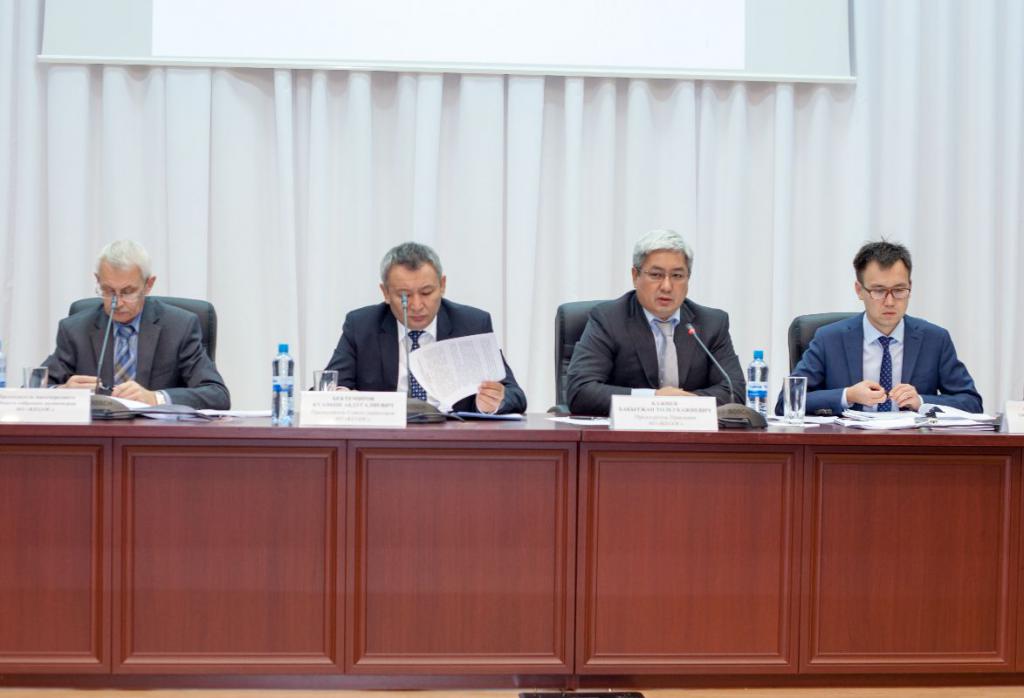
Three stage circuit
The first option, which is most often used in joint-stock companies, is a three-stage structure. Its feature is that it allows you to strengthen the control of owners over managers. According to the law on joint-stock companies, the board cannot be represented on the supervisory board by more than 25%, the same is true for a senior management representative, he cannot occupy the post of head of the supervisory board. This is done in order to exclude the possibility of obtaining a monopoly on power in a joint-stock company. By law, such a scheme should provide all credit organizations. Such a construction system is well suited for organizations with a large number of participants.
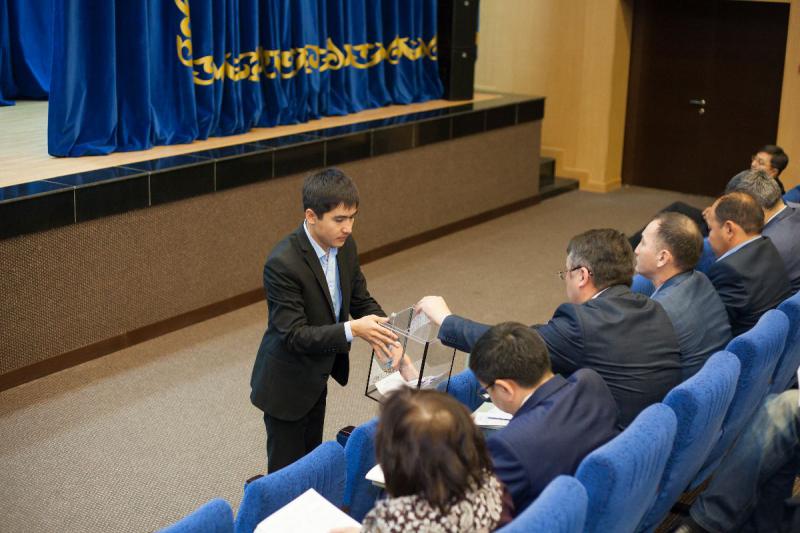
Abbreviated three-stage scheme
This scheme is very similar to the previous one, in it the supreme governing body of the joint-stock company is the meeting of shareholders, but its difference is that the executive body in it is represented by one person - the general director. In this system there is no restriction on combining the supervisory and executive bodies, for this reason the influence of the director on the supervisory authority and on the company as a whole is very increasing. The functions of the supervisory board of directors may include the authority to form an executive body, in this case, the board of directors is given the opportunity to tightly control the actions of the executive body.
Two-stage circuit
In some cases, the management bodies of a joint-stock company consist of two steps. Most often, small companies come to such a scheme, in which management is represented by a small number of participants. Its scheme should include the highest governing body in a joint-stock company - the general meeting of shareholders - and the executive body - the general director and the board, which includes the highest level of management in various fields. Most often, one of the shareholders is chosen as the general director, which greatly simplifies the management of the company.
The concept of supreme governing body
The supreme governing body of a joint stock company is the general meeting of shareholders. Among them, several categories can be distinguished: these are resellers, workers and managers.
Speculators are usually seeking profit; they are not very interested in the long-term plans of the company. Very often, the interests of such people are represented by banks, which, in addition to dividends, pay them additional income, but at the same time they are still full shareholders and can vote and make decisions regarding the company.
Employee shareholders received their share from the enterprise in the privatization process. Initially, they had high hopes in connection with the fact that they are interested in the development of the company not only because of dividends, but also because their employment and wages depend on the development of the company. But practice has shown that when making decisions, employees are more guided by emotions and the pursuit of their own interests, rather than the interests of the company.
Managing shareholders sometimes become owners, and sometimes receive part of the company as a bonus for their work. This category of owners is opposed to the active intervention of external managers, because it jeopardizes their position. However, there are cases when, on the contrary, external investors cooperate with the current management structure in the company. This is especially common in cases with foreign investors. They often buy shares of Russian enterprises, because in many analytical lists Russian companies are considered undervalued and promising. But since foreign investors cannot fully understand our market and the structure of the economy as a whole, they very often leave their former directors and the board.
Features of the supreme governing body in a joint stock company

It is important to consider that it does not function constantly; most often meetings are held several times a year. This allows you to verify the correctness of the chosen course, if necessary, adjustments, checking reports and the affairs of the company as a whole. Although the general meeting is the supreme governing body of the company, most often meetings are annual and extraordinary (emergency). The first option is carried out at least 1 time per year, not earlier than 3 and not later than 6 months from the end date of the financial year and when summing up the results. The second option is carried out in cases when there is a threat of bankruptcy, you need to change the management or course of the company. It is also worth considering that the Federal Financial Markets Service may amend the meeting of shareholders.
Functions of the supreme governing body in joint stock companies
1) Selection of the controlling body, its composition, as well as the audit commission and approval of their authority. The Board of Directors may terminate their activities ahead of schedule and re-elect them.
2) Management of an open joint-stock company, including amendments to the charter of an enterprise, including a section with charter capital.
3) The choice of the executive body and its composition. Sometimes, these functions are transferred to the supervisory board.
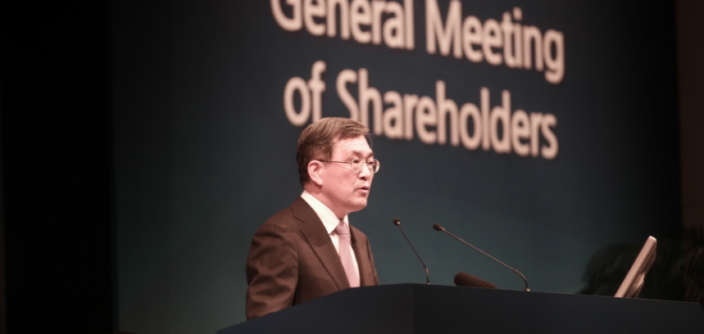
4) Making all decisions regarding reporting, including their approval, distribution of profits and losses, as well as further planning of the company.
5) Reorganization and liquidation of the company.
However, the board of shareholders is also limited in its functions by law, since its capabilities do not have the function of “concluding transactions”, but only their approval.
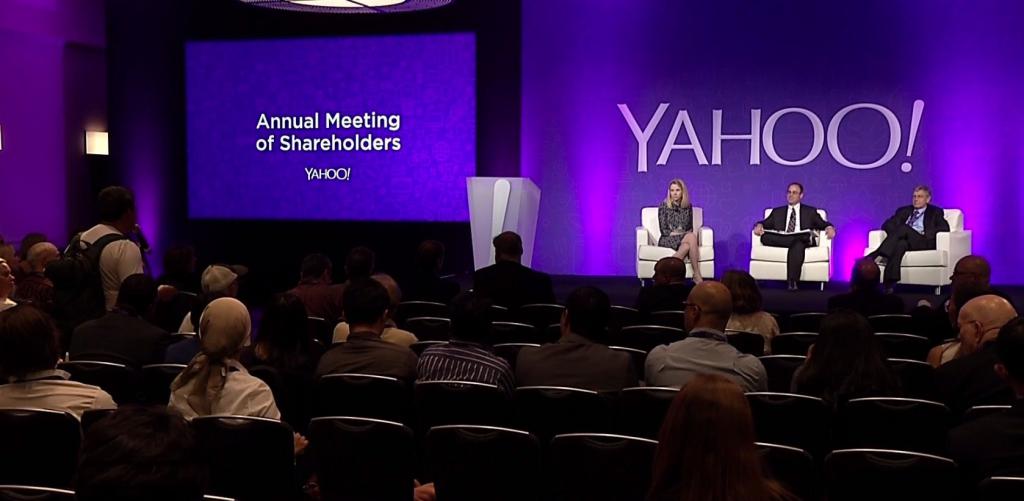
Executive body in a joint stock company
Everything related to the performance of direct functions and company activities is included in the functions of the executive body. Most often, this is a person or group that is responsible to the supreme governing body of the joint-stock company, organizes the profitable functioning of the company.
The functions of this body are fully determined by the charter of the enterprise, and the choice of manager is carried out by the meeting of shareholders. In an AO, he may be represented by the board or the general director, but sometimes both bodies meet at once. The meeting of shareholders can re-elect the board or manager at any time, a temporary manager is elected during his absence, sometimes the choice falls on the shareholders. This decision is made because of a loss-making policy, when changing course or lack of trust in a top manager. Often in such situations, the role of the executive body is played by a third-party management company, an agreement with which is concluded by the general meeting of shareholders.
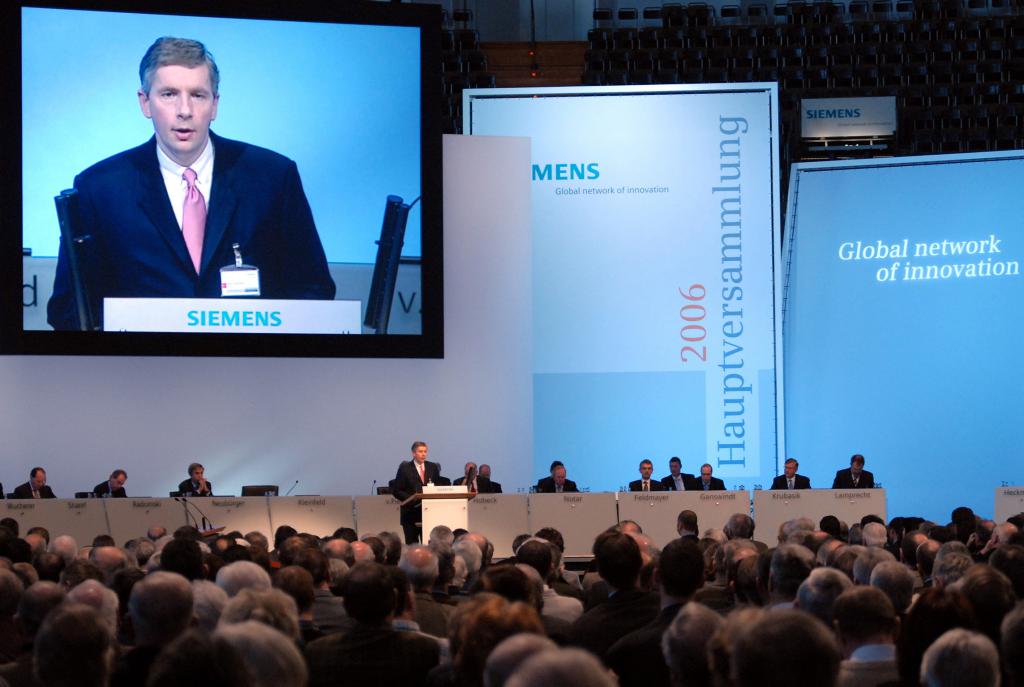
CEO choice
The election of the general director is determined by the charter. Shareholders who have gained at least 2-3% of the vote can nominate themselves; the CEO is elected for a term of up to five years and no later than 30 days from the end of the financial year. If at the vote none of the candidates won the majority of votes, this position shall remain with the current representative.
